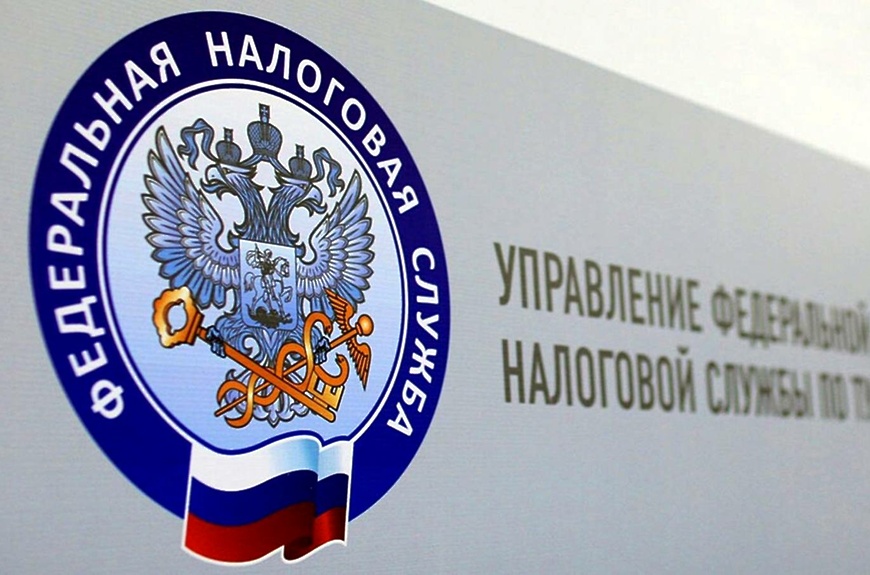VAT Increase in Russia: Economic Necessity or a Signal of Growing Budgetary Pressure?

The
Russian government has announced an increase in the value-added tax (VAT) rate
from 20% to 22%. The decision will take effect in 2026 and has already sparked
active debate among experts. According to the authorities, the measure is
driven by the need to replenish the budget amid ongoing military expenditures
and social support for veterans and their families.
Value-added tax is one of the key sources of revenue for
the federal budget. Raising it is a tool that allows the government to quickly
boost fiscal inflows. Economists estimate that a two-percentage-point increase
could bring in several trillion rubles annually.
However, this measure also has an obvious downside: VAT is
an indirect tax that directly affects consumers. Goods and services will become
more expensive, which will inevitably lead to rising prices and increased
inflationary pressure.
According to the Financial Times, the budget deficit in 2026 could reach
2.6% of GDP, while revenues from oil and gas, though still significant, show a
downward trend. This is due both to sanctions and to changes in the global
market environment.
Thus, the VAT hike becomes an attempt to compensate for the
structural decline in oil and gas revenues at the expense of domestic
consumption.
Consequences for households and
businesses:
- Price growth. The
VAT increase is likely to affect basic goods and services, hitting household
purchasing power, especially amid already high inflation.
- Business burden.
Companies will have to incorporate the tax difference into product prices,
reducing competitiveness and potentially accelerating the exit of small players
from the market.
- Social tensions.
Higher indirect taxes against the backdrop of falling real incomes may increase
dissatisfaction and trigger social risks.
The VAT hike in Russia should be seen not only as an
economic measure but also as a political signal. Amid the protracted conflict
in Ukraine and massive military expenditures, the state is showing its
readiness to shift part of the burden onto society.
Fiscal pressure is distributed unevenly: large resource
corporations retain export benefits, while the population and small businesses
become the main donors to the budget.
Analysts outline several possible
scenarios:
- Accelerating inflation. Even with the Central Bank’s high key rate (18%), higher
indirect taxes will push prices upward.
- Declining consumer demand. Households will start saving more, slowing economic
growth, which already fell to around 1.2% in 2025.
- Expanding social spending. The state, in turn, will increase expenditures on
veterans, the army, and defense to contain domestic discontent.
- Political risks.
In the long term, higher taxes combined with weak income growth may fuel
protest sentiments, especially in large cities.
Raising
VAT to 22% is a forced measure for the Russian budget, which is balancing
between military spending and social obligations. Strategically, however, this
decision carries risks: weakening domestic demand, rising inflation, and
growing social discontent.
For the authorities, this is a choice between short-term budget stability and long-term economic development challenges. Ultimately, the key question is how long the government can maintain social balance while the burden of economic adjustment falls mainly on the shoulders of ordinary citizens.
 Latest news
Latest news Latest news
Latest newsTrump and Putin Prepare to Meet Ahead of Zelensky’s White House Visit: A New Phase of Diplomacy or Pressure on Kyiv?
17.Oct.2025
A Shadow over the Russian-Azerbaijani Thaw: What Lies Behind the Arrest of Former Presidential Chief of Staff Ramiz Mehdiyev?
16.Oct.2025
Russia and Syria: A New Chapter in Relations After the Coup
16.Oct.2025
NATO and EU Join Forces to Build a “Drone Wall”
15.Oct.2025
Trump: New bonds of friendship to join Armenia to Azerbaijan
14.Oct.2025
UK to lift its arms embargo on Armenia, Azerbaijan
14.Oct.2025
Russia Opens New Criminal Case Against Opposition Figure Khodorkovsky
14.Oct.2025
Expert analysis by Tigran Khzmalyan: If Pashinyan wins again, Armenia will fall completely under Russia’s influence
14.Oct.2025
The Kremlin Warns the West of Dangerous Escalation: U.S. Plans to Supply Tomahawk Missiles to Ukraine
12.Oct.2025
Moscow Admits Guilt for Downing Azerbaijani Plane: Putin and Aliyev Show “Mutual Understanding of Authoritarian Allies”
10.Oct.2025

 21 Oct 2025
21 Oct 2025








